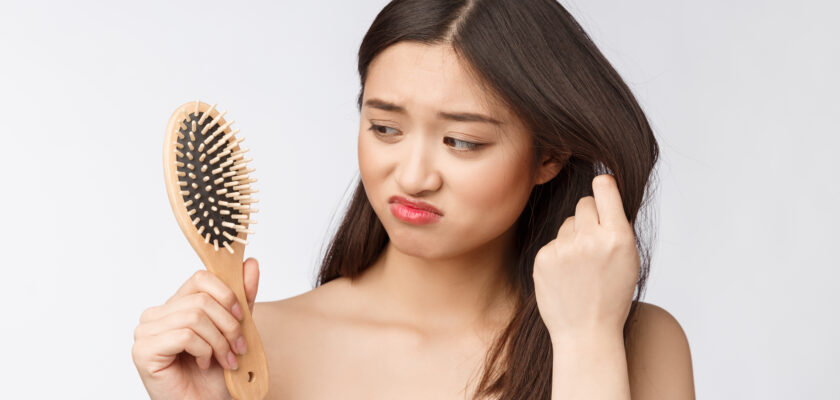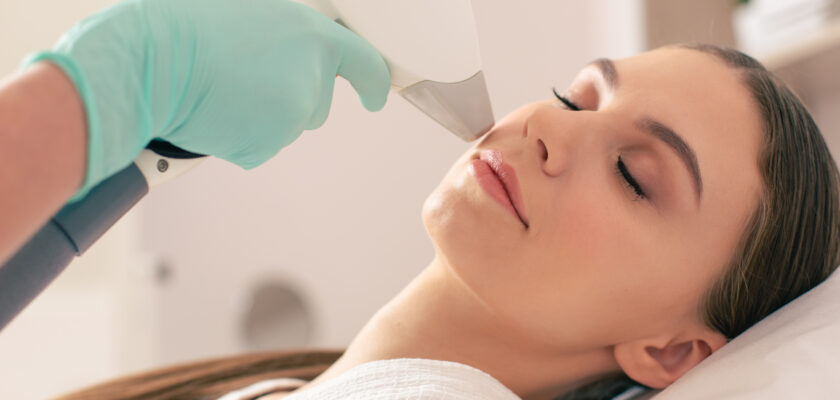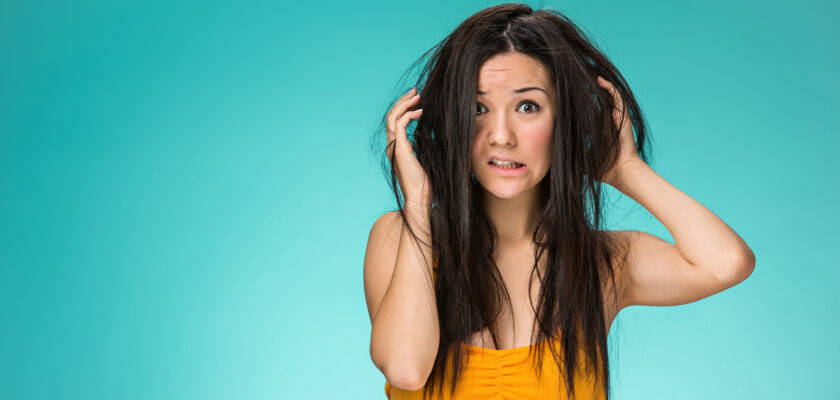Hair loss with old age is common, and so is losing hair while brushing or taking a shower. However, premature bald patches and a receding hairline can significantly impact a person’s confidence. If you’re suffering from any hair loss, it’s imperative to get it diagnosed and curb further loss of hair. Let’s take a look at the types of hair loss and treatments one can opt for.
Hair loss types
Hair loss is also referred to as alopecia, and there are many types of it.
Involutional alopecia
Hair loss due to old age is referred to as involutional alopecia.
Androgenic alopecia
This is a genetic condition affecting both genders, and it is termed as male pattern baldness and female pattern baldness. While men can experience balding in their teens or 20s, women experience hair thinning likely after 40. This type of hair loss can show the signs of receding hairline, hair thinning, bald patches on the crown or frontal scalp.
Alopecia areata
If you notice bald patches anywhere on the head, it probably is because of alopecia. It could occur at any age.
Alopecia universalis
In this condition, the patient loses hair from all parts of their body — eyebrows, eyelashes, and pubic hair.
Trichotillomania
This condition, common among children, is a psychological disorder where they pull out their hair.
Telogen effluvium
When one experiences hair thinning across the scalp, it is most likely due to this condition. Many follicles enter into the resting phase at the same time, causing temporary hair thinning.
Scarring alopecias
This condition occurs when one suffers from inflammatory skin conditions like cellulitis, folliculitis, acne, lupus, and lichen planus. Some of these conditions cause scarring, which eventually leads to balding.
Hair loss treatments
- Minoxidil
This is a topical medicine, which can be applied directly to the scalp. The medicine is available in many forms – foam, liquid, and even shampoo. Although, it is said to be most effective in the foam form. This medicine is commonly combined with other hair-growth procedures like micro-needling. - Finasteride (Propecia)
This medicine is only prescribed to men, and it is to be consumed orally. It helps curb the speed of hair loss and induces new hair growth. - Hair transplant
This surgical technique involves removing hair follicles from a patch with healthy hair growth and restoring it to the head’s balding areas. It is an option only if the above treatments do not work and if they experience permanent hair loss. - Laser therapy
Low-level laser therapy is usually recommended to patients after they lose hair due to chemotherapy or is prescribed to patients for its healing effect after hair transplant. Additionally, it is also a solution for people with alopecia areata.
Please ensure you also discuss the side effects of the above treatments with your doctor.








